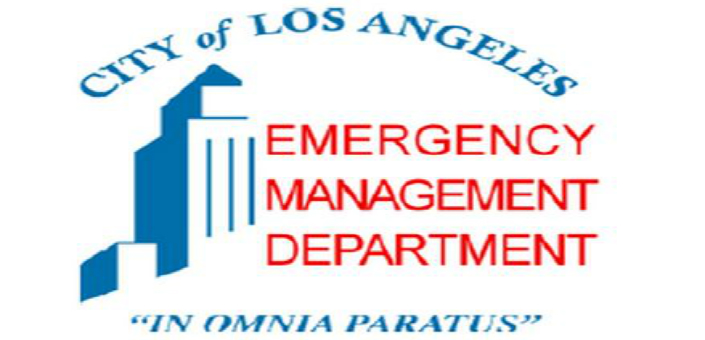May EMD Bulletin – Household Recovery Following an Earthquake
This month’s Emergency Management Department (EMD) bulletin focuses on household recovery following an earthquake.
After an earthquake, there may be substantial damage to your home. Do not return to the damaged area before it is declared safe by local building and safety officials. This can be both a physically and a mentally challenging process, so use extreme caution. From a safe distance, walk carefully around the outside of the property and check for loose power lines, gas leaks, and structural damage. If you have any doubts about safety or the structural integrity of the building, have it inspected by a qualified building inspector or structural engineer before entering.
Before you re-enter your home or building, protect yourself and others from injury. An excellent safeguard against injury is proper personal protective equipment. Consider using the following items before re-entering your home: hard hat, safety glasses or goggles, gloves, coveralls, sturdy non-slip boots with steel shank and toe, N-95 Respirator, and a flashlight. A battery-powered flashlight should be turned on before entering the building. The battery may produce a spark that could ignite leaking gas if present. Never enter a building if you smell gas.
After an earthquake, there can be serious health hazards present. The following is a brief list to consider:
- Many materials that may contain hazardous materials such as asbestos or lead can be disturbed or airborne.
- Occasionally after a fire is extinguished, it can reignite. If you see smoke or flames, call 911.
- Wild animals and insects such as possums, raccoons, snakes, and spiders may seek shelter.
- Gas and electric meters may be shut off, damaged, or removed. Do not attempt to turn the utilities back on yourself.
If the gas or electricity needs to be turned back on, contact your utility provider. - Structural damage may occur and require post-earthquake inspection. Contact the Los Angeles Department of Building and Safety at (213) 473-3231 or at http://www.ladbs.org/.
Immediate Housing Needs
If you are unable to enter your home due to damage, you may need to be relocated to a temporary residence while your home is being rebuilt. For immediate housing needs, the American Red Cross and other volunteer agencies set up temporary shelters for people who cannot return to their homes. In the event of a declared disaster, the Federal Emergency Management Agency (FEMA) has a program called Individuals and Households Program (IHP) which helps you and members of your household who are affected by a disaster take care of necessary expenses and serious needs related to housing that cannot be met through other forms of disaster assistance or insurance. For more information on disaster housing assistance, please visit https://www.disasterassistance.gov/get-assistance/forms-of-assistance/4471/0/D10
For most homeowners, insurance policies have a provision that pays for relocation. This provision is commonly referred to as Additional Living Expenses (A.L.E.). The goal of the relocation service is to find a temporary residence close in size, quality, and vicinity to your home. The insurance company will either pay the costs directly or reimburse you for the rental cost incurred. Renters, on the other hand, will immediately call their landlord and or property manager to inform them of the loss. If your home is deemed uninhabitable, you may be able to get your deposit refunded. If you have a written lease, there may be language covering your rights if property is destroyed or damaged. If you have renters insurance, your policy may cover your personal property damages and possibly additional living expenses.
Additional Resources: ReadyLA http://readyla.org/
“As a covered entity under Title II of the Americans with Disabilities Act, the City of Los Angeles does not discriminate on the basis of disability and, upon request, will provide reasonable accommodation to ensure equal access to its programs, services and activities.”
